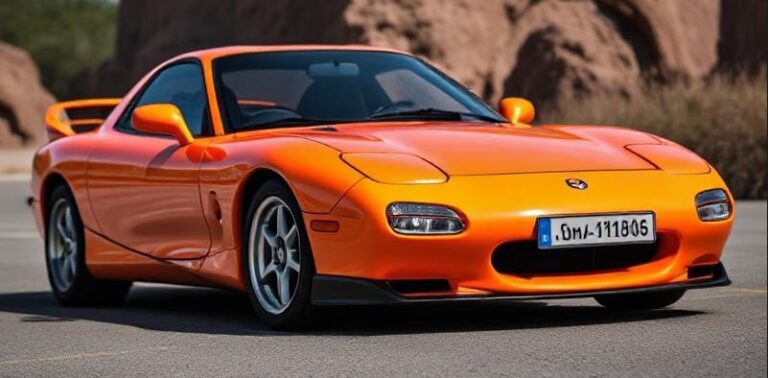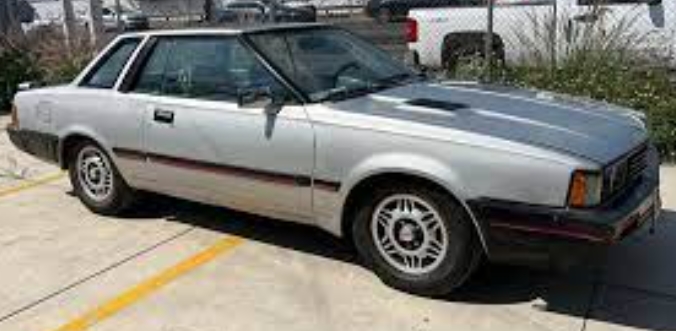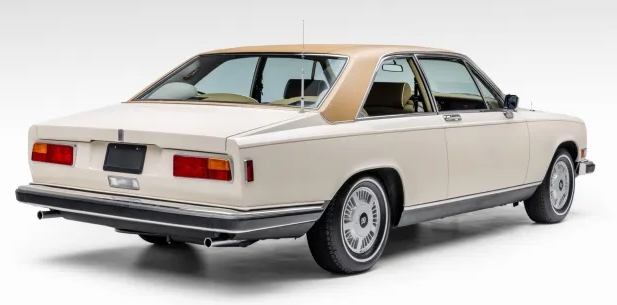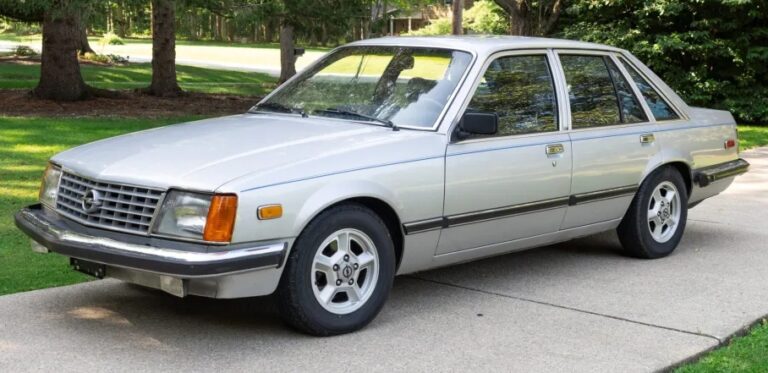The Evolution of the Lancia Trevi
The Lancia Trevi stands as a notable chapter in Italian automotive history, representing Lancia’s ambition to combine elegant design with sophisticated engineering during the late 20th century. Launched as a response to a rapidly evolving market, the Trevi was produced during a pivotal era for European automakers, blending luxury, performance, and technological innovation. This article traces the development of the Lancia Trevi from its inception to its discontinuation, detailing its various models, trim levels, and the key features that defined each phase.
Introduction and Context
In the mid-1970s, Lancia, an Italian automaker renowned for its engineering prowess and luxury vehicles, sought to expand its lineup to appeal to a broader market segment. The company aimed to produce a compact executive sedan that could rival offerings from BMW, Mercedes-Benz, and other European brands. The result was the Lancia Trevi, introduced in 1980, which combined Italian styling with advanced technology and a focus on driver comfort.
Production Timeline and Overview
- Production Years: 1980 – 1989
- Total Units Produced: Approximately 140,000 units
- Manufacturing Location: Italy, primarily at the Lancia factory in Chivasso, near Turin
The Trevi was produced over nearly a decade, with several updates and facelifts that kept the model competitive. Its lifecycle was characterized by gradual enhancements in design, technology, and trim options.
Launch and Early Models (1980–1983)
Introduction in 1980
The Lancia Trevi was officially launched in 1980 as a replacement for the Lancia Beta. It was built on a front-wheel-drive platform, sharing some components with the Fiat 132 but distinguished by its more refined engineering and luxury features. The initial model aimed to combine performance with comfort, targeting the European executive market.
Base Model and Trim Levels
At launch, the Trevi was offered in two primary trim levels:
- Trevi 1.6: Powered by a 1.6-liter inline-4 engine producing around 84 horsepower. It was positioned as an entry-level model, emphasizing economy and ease of driving.
- Trevi 2.0: Equipped with a 2.0-liter engine delivering approximately 102 horsepower, offering improved performance and a more upscale feature set.
Both models featured a sleek, aerodynamic body design with a distinctive front grille and rectangular headlights. Interior features included vinyl or cloth upholstery, standard instrumentation, and basic comfort amenities.
The 1983 Facelift and Model Refinements
In 1983, Lancia introduced a significant facelift to the Trevi lineup, updating its aesthetic and technological features to maintain competitiveness.
External and Interior Updates
- Front End: The grille was redesigned for a more modern look, with integrated rectangular headlights and revised bumpers.
- Tail Lights: Changed to a more contemporary rectangular design.
- Interior: Upgraded dashboard with improved instrumentation and optional leather trim on higher trims.
- Additional Features: Introduction of power steering as standard on higher trims, improved soundproofing, and optional air conditioning.
New Trim Levels and Variants
- Trevi 1.6 S: An upgraded version of the base 1.6, featuring sportier suspension, alloy wheels, and additional interior trim.
- Trevi 2.0 S: Similar enhancements but based on the 2.0-liter engine, offering a sportier driving experience.
- Trevi 2.0 LX: The flagship trim with luxury features such as leather upholstery, electric windows, and a higher-grade audio system.
Introduction of the Trevi Turbo (Mid-1980s)
Recognizing the demand for more performance-oriented models, Lancia introduced a turbocharged version of the Trevi.
Trevi 2.0 Turbo (Mid-1980s)
- Engine: 2..0-liter turbocharged inline-4 producing approximately 122 horsepower.
- Performance: Accelerated faster with improved torque, appealing to enthusiasts seeking sporty driving dynamics.
- Features: Included sport suspension, alloy wheels, and sportier interior accents.
The Turbo model was positioned as a more exclusive variant, targeted at buyers seeking a combination of luxury and spirited performance. It was offered with the “Turbo” badge and often featured unique exterior details, such as fog lights and specific badging.
Final Years and Discontinuation (1987–1989)
By the late 1980s, the Trevi faced increasing competition from more modern, technologically advanced vehicles. In 1987, Lancia launched an update to extend the model’s lifecycle.
1987 Revisions
- Styling: Minor cosmetic tweaks, including new bumpers, grille, and wheel designs.
- Technology: Introduction of electronic fuel injection (EFI) on certain models for improved efficiency and performance.
- Interior: Upgraded dashboard with improved ergonomics and optional digital clock display.
Trim Levels Towards End of Production
- Trevi 1.6 i.e.: Featured fuel-injected 1.6-liter engines, with improved fuel economy.
- Trevi 2.0 i.e.: Upgraded 2.0-liter engines with EFI, offering better performance and emissions compliance.
- Trevi Turbo: Continued as the sporty flagship, with all the enhancements of the earlier turbo models.
.
MANY auto lovers not only spend time in their garages to tinker on their autos, but have other projects going on in there as well. Wood working is a popular pastime for the creative type of individual. Not sure what to make next? Or thinking about getting into this kind of hobby? There’s lots of possibilities… Here’s some of them…

.
Discontinuation and Legacy
Production of the Lancia Trevi ceased in 1989, replaced by newer models such as the Lancia Dedra. Despite its relatively short lifespan, the Trevi remains a notable example of Italian automotive design and engineering during the 1980s.
Summary of Models and Trim Levels
| Year | Models & Trim Levels | Key Features |
|---|---|---|
| 1980–1983 | Trevi 1.6, Trevi 2.0 | Basic trims with inline-4 engines, practical features |
| 1983–1987 | Trevi 1.6 S, Trevi 2.0 S, Trevi 2.0 LX | Facelifted models with sport and luxury trims |
| Mid-1980s | Trevi 2.0 Turbo | Turbocharged performance variant |
| 1987–1989 | Trevi 1.6 i.e., Trevi 2.0 i.e., Trevi Turbo | EFI models, styling updates, final refinements |
Conclusion
The Lancia Trevi exemplifies Italy’s approach to blending style, innovation, and comfort in a compact executive sedan. Over its nearly decade-long production run, it evolved through various updates, introducing sportier variants like the Turbo and gradually incorporating modern technology such as electronic fuel injection. Though it was eventually phased out in favor of newer models, the Trevi remains a cherished classic among enthusiasts and collectors, appreciated for its distinctive Italian character and engineering heritage.







